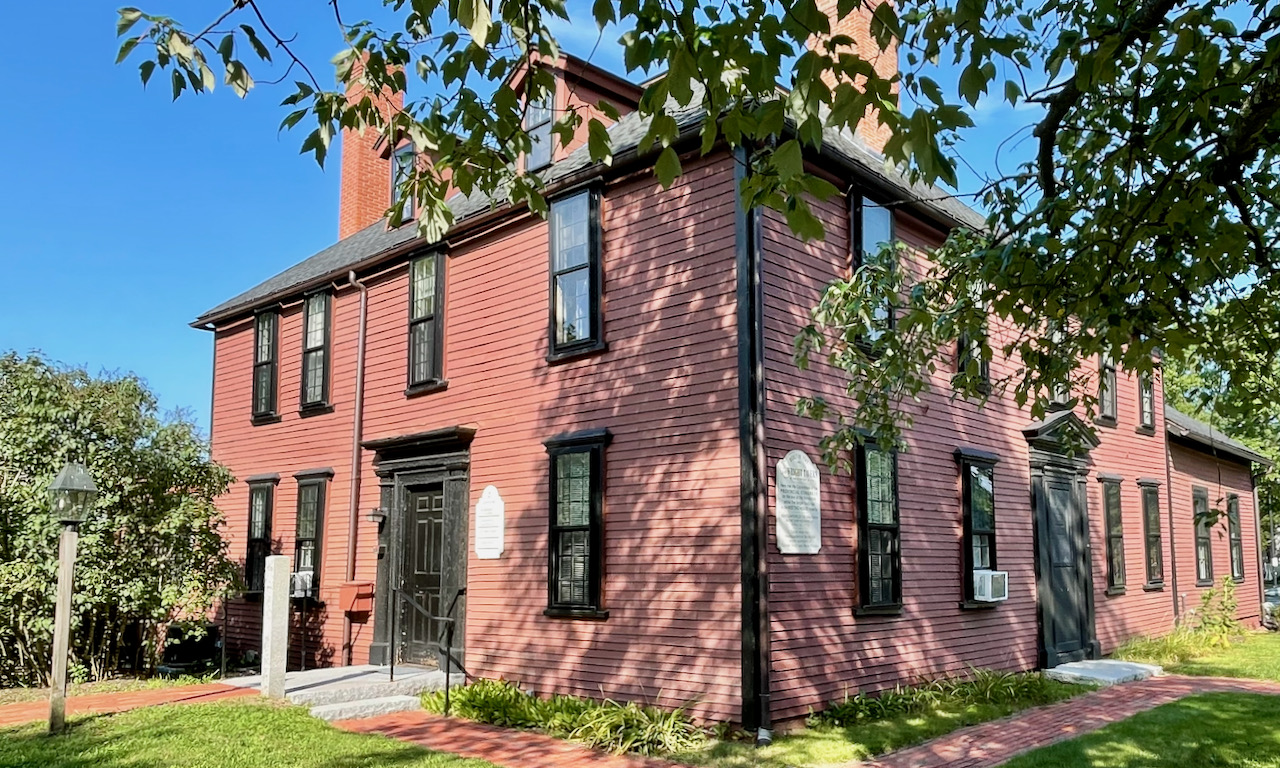Built in 1747, the Wright Tavern is nationally significant through its association with political and military events which illustrated a major change in the form of American opposition to colonial ties with England—from constitutional argument to organized and overt acts of rebellion.
In October 1774, the decision makers who formed the First Massachusetts Provincial Congress met here and planned the blueprints for a government separate from the British Crown. On the morning of April 19, 1775, over 150 minutemen and militia gathered at the tavern to prepare for the impending British march on Concord. Later that day, the tavern became the headquarters of the British Regulars under Colonel Smith and Major Pitcairn as they recovered from battle before retreating to Boston.
Originally owned by Ephraim Jones, the tavern passed through multiple owners including Amos Wright, the landlord in 1775 for whom it is named. Its location, in the center of Concord, Massachusetts, between the meeting house and training ground, secured its importance as a center of political, social, and military history. At the time, the selectmen of the town received no salary. Instead, they met in the tavern and the town paid for their refreshments.
In the years following the Revolution, Wright Tavern served as a bakery, and was used by a liveryman, bookbinder, storekeeper, tinsmith, shoe dealer, and the maker of Potter’s hair balm. Though additions were made to the building, the architectural character of the original Georgian-style portion remained intact.
In 1886, the tavern was purchased by two local citizens, Judge Hoar and Ruben Rice, and donated to the Society of the First Parish. The Society remains its owner today and leases the space to the Wright Tavern Legacy Trust whose mission is to restore the building as an active tavern and gathering place within an interactive museum.
Wright Tavern became a National Historic Landmark in 1961.

